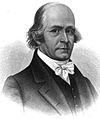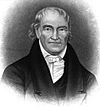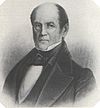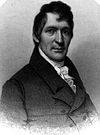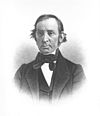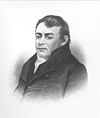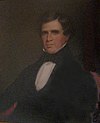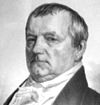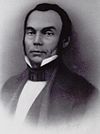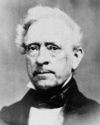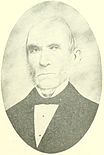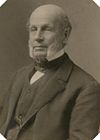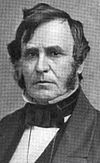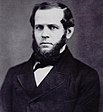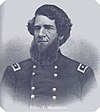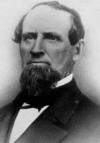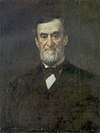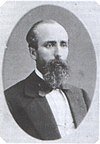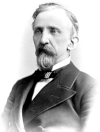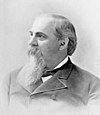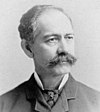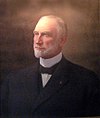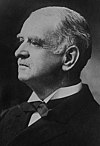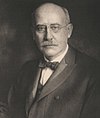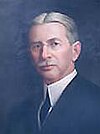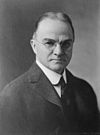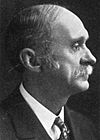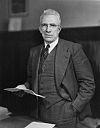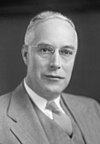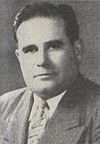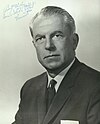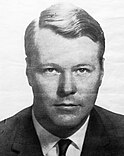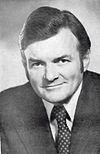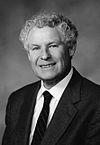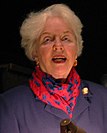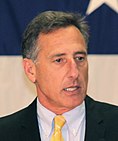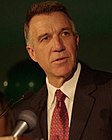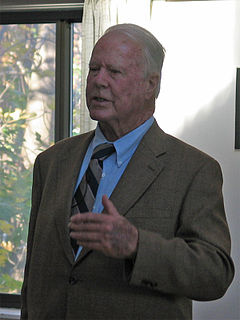The Ohio Democratic Party is the affiliate of the Democratic Party in the state of Ohio. Former Cincinnati councilman David A. Pepper is the Ohio Democratic Party chairman. Pepper started his term as chairman in January 2015.
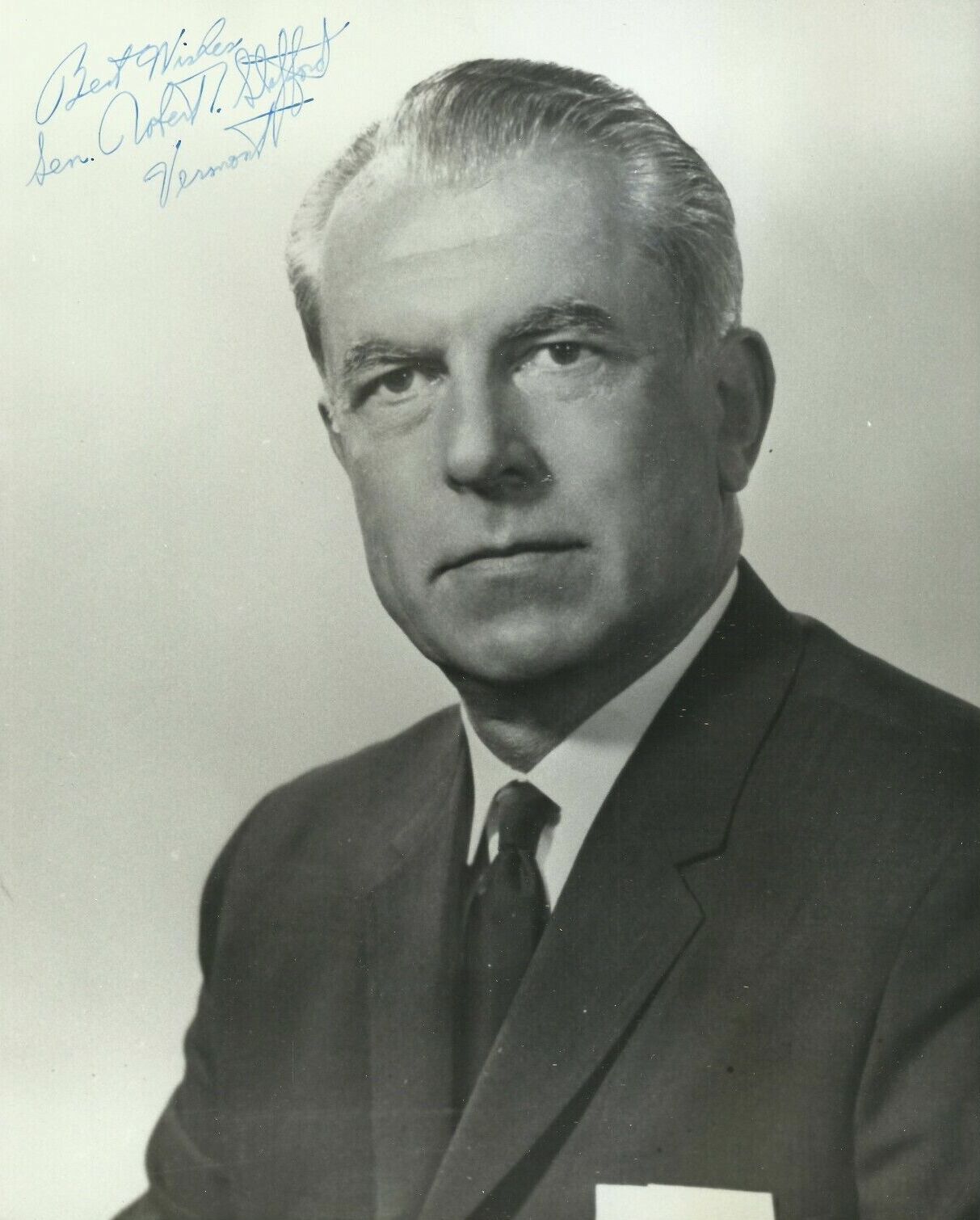
Robert Theodore Stafford was an American politician from Vermont. In his lengthy political career, he served as the 71st Governor of Vermont, a United States Representative, and a U.S. Senator. A Republican, Stafford was generally considered a liberal, or "Rockefeller" Republican.

United States gubernatorial elections were held Tuesday, November 4, 2008 in 11 states and two territories. Prior to the election, eight of the total seats were held by Democrats and five by Republicans. Two governors were prohibited by term limits from seeking re-election in 2008.

Lee Earl Emerson was the 69th Governor of Vermont.

The Vermont Senate is the upper house of the Vermont General Assembly, the state legislature of the U.S. state of Vermont. The senate consists of 30 members. Senate districting divides the 30 members into three single-member districts, six two-member districts, three three-member districts, and one six-member district. Each senator represents at least 20,300 citizens. Senators are elected to two-year terms and there is no limit to the number of terms that a senator may serve.

Edward Curtis Smith was an American politician from the US state of Vermont. He was a Republican. The son of Governor J. Gregory Smith, Edward C. Smith also served one term as governor of the state.
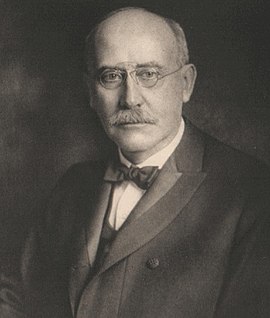
Horace French Graham was an American politician who served as the 56th Governor of the U.S. state of Vermont from 1917 to 1919.

United States gubernatorial elections were held on November 2, 2010 in 37 states and two territories. As in most midterm elections, the party controlling the White House lost ground. Democrats did take five governorships from the Republicans, and Republicans took 11 governorships from the Democrats. An independent won one governorship previously held by a Republican. A Republican won one governorship previously held by an independent. Republicans held a majority of governorships for the first time since before the 2006 elections. One state, Louisiana, had no election for governor, but did feature a special election for lieutenant governor.
The politics of Vermont encompass the acts of the elected legislative bodies of Vermont, the actions of its governors, as overseen by the Vermont courts, and the acts of the political parties that vie for elective power within the state. Vermont's constitution, which was drafted in 1777 when Vermont became an independent republic, reflects the concerns of a sovereign state; it was the first to ban slavery. Voters may choose among several parties including the Democratic and Republican political parties, as well as several smaller parties. Vermont has been a pioneer in legislation pertaining to land use, gay rights and school funding. Between 1854 and 1962, the state usually voted Republican. Thereafter, the governor's office has alternated between the Democratic and Republican parties. The legislature has been primarily Democratic since the mid-1980s. As of 2018, Vermont was the only U.S. state that had not sent a female representative to Congress.

George Whitman Hendee was a Vermont lawyer, banker, and politician who served as President of the Vermont State Senate, Lieutenant Governor, Governor, and a U.S. Representative.

Levi Knight Fuller was the 44th Governor of Vermont from 1892 to 1894.

The 2010 United States elections were held on Tuesday, November 2, 2010, in the middle of Democratic President Barack Obama's first term. During this midterm election year, all 435 seats in the United States House of Representatives and 37 of the 100 seats in the United States Senate were contested, along with 39 state and territorial governorships, 46 state legislatures, four territorial legislatures and numerous state and local offices. Approximately 82.5 million people voted.

The Reunion Society of Vermont Officers was an organization of American Civil War veterans.

The President pro tempore of the Vermont State Senate presides over the Senate of the U.S. state of Vermont in the absence of the Lieutenant Governor. In addition, the Senate pro tempore President serves as a member of the Committee on Committees. The Committee on Committees, made up of the Lieutenant Governor, President of the Senate and a State Senator chosen by his or her peers, is responsible for making committee assignments and designating committee chairpersons, vice chairpersons and clerks.

The 2016 United States elections were held on Tuesday, November 8, 2016. During this presidential election year, the President of the United States and Vice President were elected. In addition, elections were held for all 435 voting-member seats in the United States House of Representatives and 34 of the 100 seats in the United States Senate to determine the 115th Congress.

The 2020 United States elections will be held on Tuesday, November 3, 2020. All 435 seats in the United States House of Representatives, 34 of the 100 seats in the United States Senate, and the office of President of the United States will be contested. Thirteen state and territorial governorships, as well as numerous other state and local elections, will also be contested.








